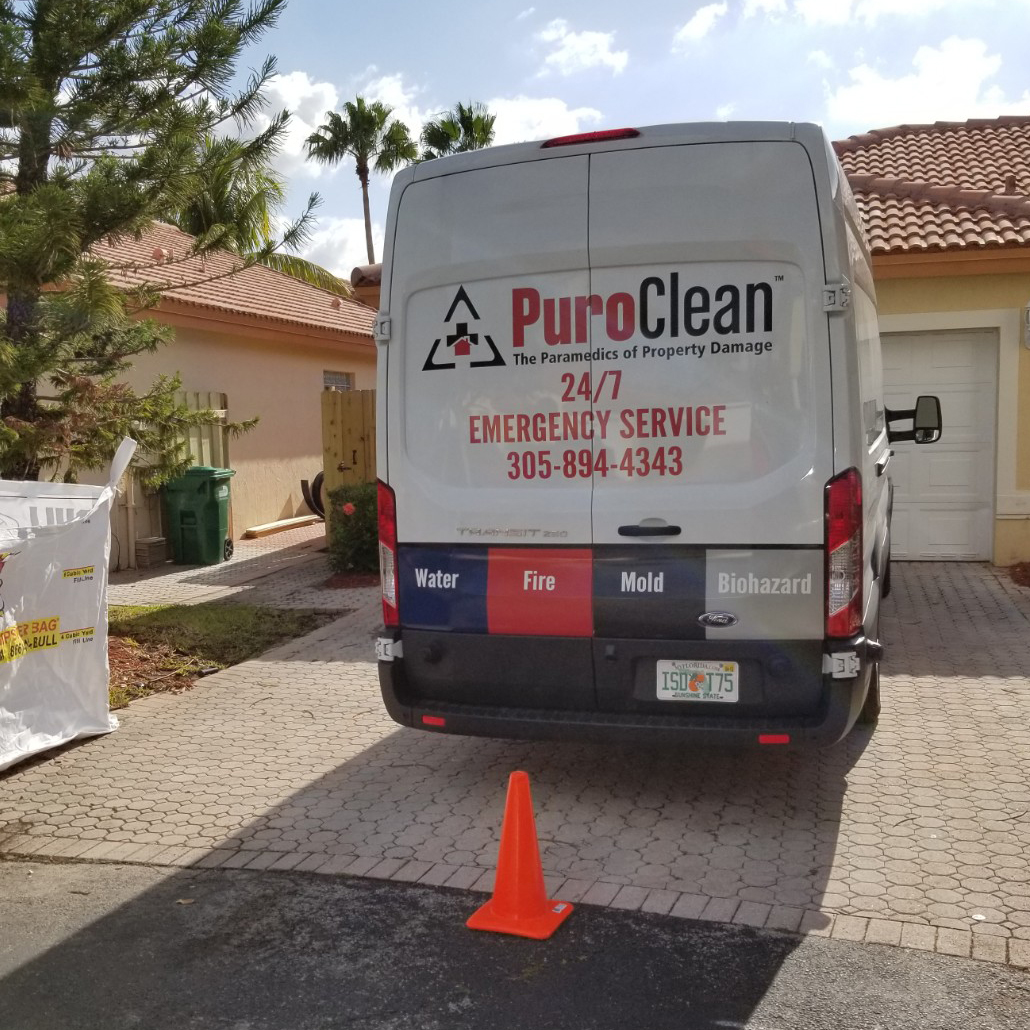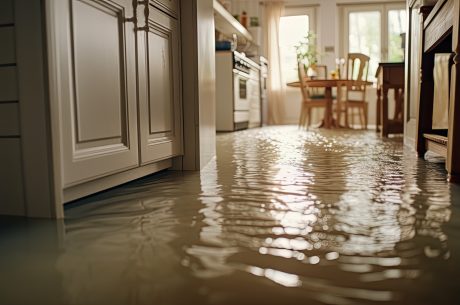Table of Contents

Water damage can strike at any time, and when it does, quick action is essential. Whether it’s from a burst pipe, severe weather, or an unexpected appliance leak, knowing what to do before professionals arrive for water damage repair can significantly minimize the damage to your property. In this blog, we’ll cover key steps to take during an emergency water situation and how these actions can save you both time and money in the long run.
1. Turn Off the Water Source
The first and most critical step in emergency water damage repair is to stop the flow of water. If the damage is caused by a burst pipe or appliance, locate the main water shut-off valve and turn it off immediately. This prevents further flooding and gives you a chance to assess the situation before help arrives. For homes without easy access to the shut-off valve, it’s important to know where it is and ensure it’s easily accessible during emergencies.
2. Ensure Electrical Safety
Water and electricity are a dangerous combination. Before you start any cleanup, make sure to turn off the electricity in the affected areas. If you cannot safely access your breaker box due to flooding, wait for the professionals to handle it. Safety should always come first when dealing with water damage repair, and avoiding electrocution hazards is paramount.
3. Remove Excess Water
While you wait for the water damage repair team to arrive, begin removing standing water if possible. Using buckets, towels, or a wet/dry vacuum can help reduce the spread of water, limiting further damage to flooring and furniture. The more water you can remove, the easier the repair process will be later on. Be cautious not to use regular household vacuums for this task, as they are not designed for water cleanup and could pose electrical hazards.
4. Protect Your Belongings
Move furniture, electronics, and other valuable items out of the affected area to prevent further damage. For items that cannot be easily moved, like large pieces of furniture, consider lifting them off the ground with blocks or placing them on tinfoil to prevent moisture from seeping into the legs or base. These quick actions can significantly reduce the need for extensive water damage repair for your belongings.
5. Ventilate the Area
Proper ventilation can slow down the development of mold, which is a major concern in any water damage situation. Open windows and doors to allow fresh air to circulate through the affected area, and if it’s safe, set up fans to help with drying. While this won’t fully resolve the issue, it can delay further water damage until the professionals can begin the full water damage repair process.
6. Document the Damage
While it’s essential to focus on water removal, take some time to document the damage for insurance purposes. Take photos or videos of the affected areas, including any structural damage, ruined belongings, and the extent of the water spread. Proper documentation will help speed up the insurance claims process and ensure you receive the necessary coverage for the water damage repair costs.
7. Prevent Mold Growth
One of the biggest risks following water damage is the development of mold, which can begin to form within 24-48 hours. While waiting for the water damage repair specialists, keep an eye out for signs of mold, such as musty odors, discoloration on walls or ceilings, and fuzzy or slimy textures on wet surfaces. If you notice mold, avoid disturbing it, as this can release spores into the air, exacerbating the problem.
8. Communicate with Professionals
Once you’ve called for professional water damage repair services, maintain open communication with them. Let them know what steps you’ve already taken and share any information about the source of the water. This can help them prepare for the situation and bring the necessary equipment to handle the specific water damage repair needs of your home.
9. Understand the Categories of Water Damage
Water damage can fall into different categories, each requiring a different approach to repair:
- Category 1 (Clean Water): Water from a clean source, like a broken pipe or rainwater. It’s the least hazardous but still requires prompt water damage repair.
- Category 2 (Grey Water): Water with some level of contamination, such as from washing machines or dishwashers. This water may contain bacteria and requires more thorough cleaning.
- Category 3 (Black Water): Highly contaminated water from sewage or floodwaters. This requires professional water damage repair and poses significant health risks.
Understanding the type of water involved can help you communicate the urgency and potential hazards to the repair team.
10. Why Professional Water Damage Repair is Essential
While taking quick action during an emergency is critical, professional water damage repair is necessary for a complete solution. Experts have the tools and knowledge to properly assess the extent of the damage, dry out the affected areas, and restore your home to its pre-damage state. They also ensure that issues like mold, structural damage, and hidden moisture pockets are addressed, preventing long-term problems.
Final Thoughts
When faced with water damage, the immediate steps you take can make a significant difference in the overall repair process. By turning off the water source, removing excess water, and protecting your belongings, you can reduce the need for extensive water damage repair. However, it’s important to remember that professional help is still crucial for thoroughly addressing the problem and ensuring your home is safe and sound.

If you’re dealing with water damage, don’t wait — call our professional water damage repair team today and let us help restore your home before the situation worsens. (+1 305 894-4343).


